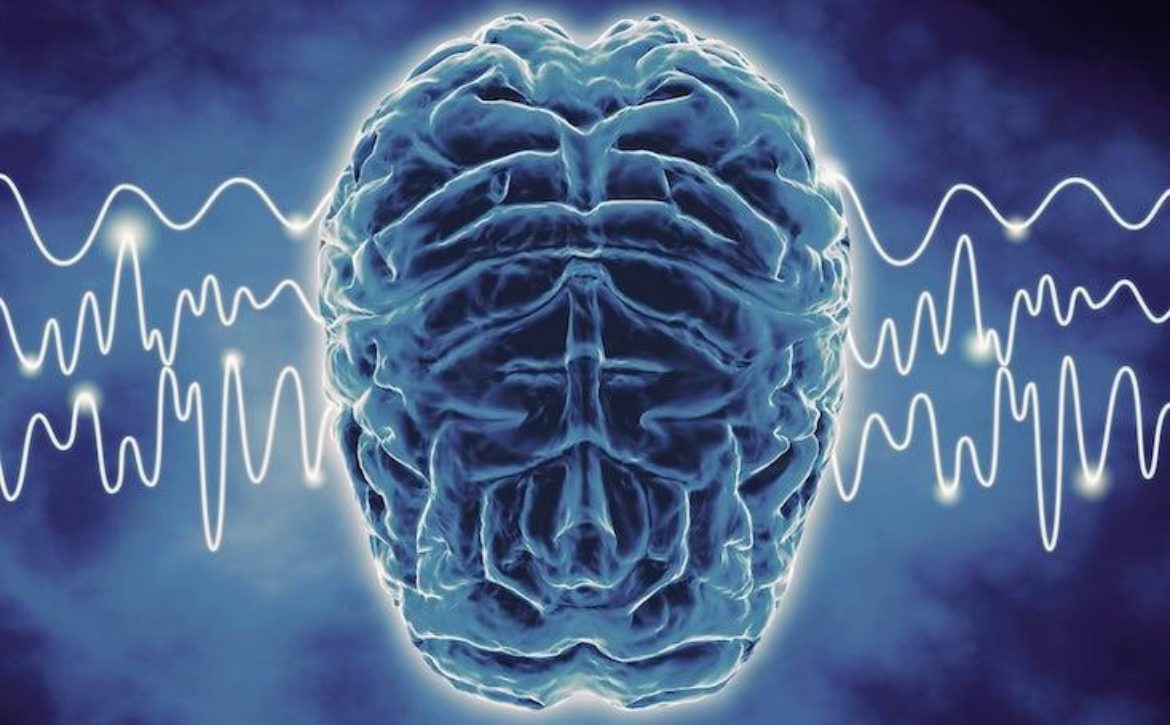
The Hard Problem of Consciousness Has an Easy Part We Can Solve – Facts So Romantic
Our General Resonance Theory of consciousness, a framework with a panpsychist foundation, may, at least in theory, provide more complete answers to the full array of questions the hard problem of consciousness poses.Image by Illustration Forest / ShutterstockHow does consciousness arise? What might its relationship to matter be? And why are some things conscious while others apparently aren’t? These sorts of questions, taken together, make up what’s called the “hard problem” of consciousness, coined some years ago by the philosopher David Chalmers. There is no widely accepted solution to this. But, fortunately, we can break the problem down: If we can tackle what you might call the easy part of the hard problem, then we might make some progress in solving the remaining hard part.This is what I’ve been up to in recent years with my partner in crime, Jonathan Schooler, a psychologist at U.C. Santa Barbara. Since I came up in philosophy, rather than neuroscience or psychology, for me the easy part was deciding the philosophical orientation. Schooler and I duked it out over whether we should adopt a materialist, idealist, panpsychist, or some other position on our way to a complete answer. I am, as I’ve written in Nautilus before, a card-carrying panpsychist, inspired by Alfred North Whitehead, David Ray Griffin, David Skrbina, William Seager, and Chalmers. Panpsychism suggests that all matter has some associated mind/consciousness and vice versa. Where there is mind there is matter, where there is matter there is mind. They go together like inside and outside. But for Jonathan, this was far too glib. He felt strongly that this was actually the hard part of the problem. Since he’s the Distinguished Professor and I’m not, we decided to call this philosophical positioning the hard part of the hard problem.Consciousness is a snapshot of time. In a 2019 paper published in Frontiers in Human Neuroscience, we laid out our General Resonance Theory of consciousness, a framework with a panpsychist foundation that may, at least in theory, provide more complete answers to the full array of questions the hard problem of consciousness poses. The easy part of the hard problem is the “combination problem,” also known as the “boundary problem.” It’s a challenge not only for panpsychist approaches to consciousness, but also materialist approaches: How do parts, like neurons, combine into a whole, a single consciousness? For panpsychists, the question gets more precise: How do micro-conscious entities (whatever they are) combine into macro-conscious entities, like human or cat consciousness?Our answer, in short, is this: Things that resonate in proximity to each other will, under certain conditions, achieve a shared physical resonance, and thereby a combined consciousness. This shared resonance refers to frequencies, or cycles per second. And it’s looking more and more likely, as data comes in, that the key frequencies at issue for human and other animal consciousness is electromagnetic field resonance of various types. This is measured by tools like electroencephalography and magnetoencephalography. By achieving a shared resonance, the bandwidth and speed of information flows increase remarkably, allowing far more energy and information to flow between the constituents. This will, all else equal, result in a new higher-level consciousness. Where before there was a lack of resonance and rather chaotic energy and information flows, now there is a smooth transfer of energy and information. We call this “the shared resonance conjecture” in our theory. For us, this combination of consciousness, through shared resonance, does not squelch the consciousness of smaller conscious entities—they continue as parts of the new larger whole. “The many become one and are increased by one,” as Whitehead put it succinctly in his work. In the context of neural information flows, the specific shared resonance is known as neural synchrony. This kind of synchrony is a well-established phenomenon key for brain processes and human consciousness. Neural firing patterns and electromagnetic field phenomena more generally can achieve synchrony across distant parts of the brain and, thereby, form a larger and more complex consciousness—which leads to our second conjecture: the “boundary conjecture.” This states that the boundaries of a consciousness like ours depends on the velocity and frequency of the resonance chains connecting its parts.What do boundaries even mean in the context of a seemingly immaterial thing like consciousness? What we’re referring to is the boundary of the physical energy and information flows that provide the content of consciousness. It’s something like axiomatic that for any information (like perceptions or internally-generated thoughts) to become part of consciousness, in each moment that information needs to reach the physical geography generating that consciousness. This would be the brain, in the case of humans and other animals (though not exclusively the brain, as we’re learning). If, for example, a gunshot is fired in Mississippi at 12 noon, the sound of that gunshot is not going to be part of the consciousness of a person on the top of Mount Everest only a minute later. That information simply can’t reach our person on Everest in that timeframe. Velocity matters. And bandwidth matters for similar reasons: If there’s not a big enough information highway, then some information may not make it. Consciousness in each moment is a function of the information that reaches us. But that’s only half of it. It’s also a function of the processing of that information. For example, visual information from the retina is highly processed by the retina and the brain before it becomes visual perception in our consciousness. Light falls on the retina, goes through various layers of neurons, is sent down the optic nerve across the brain, and then all the way to the back of the brain where the visual cortex resides. It’s then processed further by visual cortex and then, somehow (we still don’t know the full details) that information becomes visual imagery that includes colors, lines, shadows, along with the affect that accompanies our visual perception, such as the pleasure of beholding a beautiful work of art, say. It’s for these reasons that, in our theory, the capacity for phenomenal consciousness in each moment is a product of sensory information (what we call the Perception Index) multiplied by internal processing (what we call the Connectivity Index). In very simplistic mathematical terms (the actual equations are a little more complex): Omega (our term for the capacity for phenomenal consciousness) = the Perception Index x the Connectivity Index. In this view, consciousness is a snapshot of time, integrating the available information into a single conscious moment. In fact, there is good data showing that the resolution of human visual consciousness is about 1/20th of a second. That means we can perceive about 20 changes in our vision per second. That’s pretty good but, of course, the universe moves much faster than this, so we miss an awful lot of what is happening around us. This temporal resolution is a kind of edge or boundary—a temporal boundary. The “frame rate” of our visual consciousness—about 1/20th of a second—is also the limiting factor for the visual data that can reach our consciousness. If, for example, a visual image of a volcano exploding 20 miles away can’t reach our retina within 1/20th of a second, then it won’t be included in that snapshot of our consciousness. Light travels in a vacuum 300,000 kilometers per second, so this particular information would have no problem reaching us in 1/20th of a second. But something farther away, like an extraordinarily unlikely explosion of the Olympus Mons volcano on Mars, would not, if we were looking through a telescope, reach our retina in 1/20th of a second, so it would not be integrated into our next snapshot of consciousness. It would come in a later conscious moment. So the velocity of information flows, and thus their distance, also are reflected in the boundaries of our consciousness.I’m happy to report that we are now starting to investigate our theory experimentally, so stay tuned for more on the boundaries of consciousness. It’s an exciting time to be expanding these scientific frontiers.Tam Hunt is a scholar and writer affiliated with U.C. Santa Barbara. He is the author of Eco, Ego, Eros, which explores panpsychism across various fields, and blogs at Medium.If you are a researcher studying electromagnetic field theories of consciousness please consider making a submission to our special research topic at Frontiers of Human Neuroscience.Read More…
Read More


